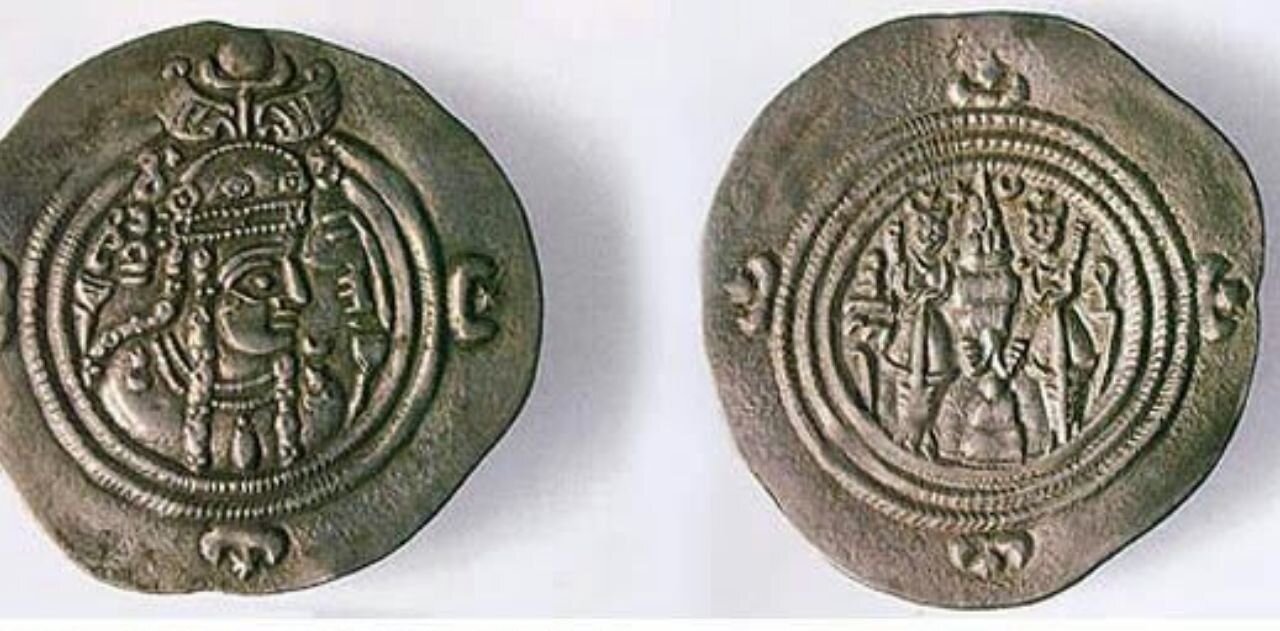Sassanid coin depicting Empress Boran on view at Tehran museum

TEHRAN - A significant historical artifact, the Sassanid coin featuring Empress Boran (Purandokht), daughter of King Khosrow II, is now on display at the Money Museum in Tehran.
This coin holds immense value as it represents the first official depiction of a female ruler in Iranian history.
In 629 CE, Purandokht ascended to the throne and ruled for a year, during which she authorized the minting of coins bearing her name.
The silver coin depicts Empress Boran in the form of a female figure with intricately woven hair, while the reverse, like other Sassanid coins, features a fire altar with two attendants guarding the flames.
To provide visitors with a better view of the coin, the museum has installed larger images of both the obverse and reverse sides on the walls, allowing guests to easily admire the depiction of Empress Boran.
In about 220 CE, the Sasanian dynasty of Iran introduced the concept of thin flan coins, issues that were struck in relief on both sides. In order not to produce intolerable stresses in the dies, since the thinner the material the more force necessary to make it flow into the recesses of the die’s design, the depth of relief on such coins was of necessity much shallower than with earlier currency. Such techniques spread by way of Byzantium to northern Europe, where the emperor Charlemagne struck thin flan deniers (small silver coins), or pennies, which became characteristic of both his own and neighboring kingdoms.
The Sassanid era saw a general renaissance in the nation’s art and architecture. As scholarship was promoted by the government and many works from both the East and the West were translated into Pahlavi, the Sassanian people’s official language, crafts like metalwork and gem engraving reached a high level of sophistication during that time.
The Muslim conquest of Persia, also known as the Arab conquest of Iran, led to the fall of the Sasanian Empire in ca. 651 and the eventual decline of the Zoroastrian religion. The rise of Muslims coincided with an unprecedented political, social, economic, and military weakness in Persia.
AM
